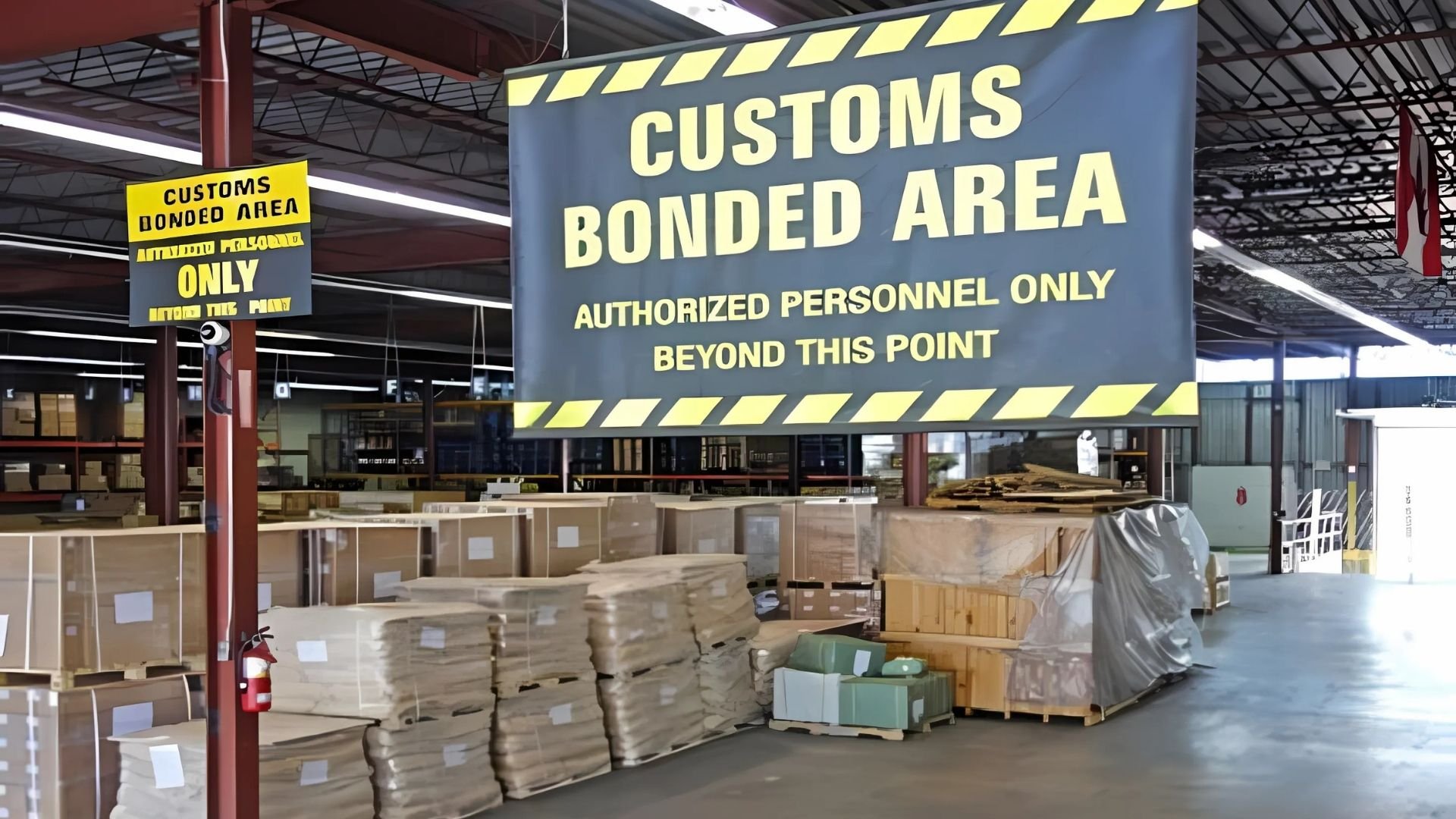Selling to China Without a Local Entity
For many Western brands, the prospect of establishing a full legal entity like a Wholly Foreign-Owned Enterprise (WFOE) or Joint Venture (JV) in China can seem daunting due to the significant investment, complex regulations, and long-term commitment required. Fortunately, there's a popular and often more accessible route to tap into China's vast consumer market: Cross-Border E-commerce (CBEC).
CBEC offers a pathway for international companies to sell their products directly to Chinese consumers online, crucially, without needing to set up a physical company or hold inventory within mainland China under traditional import models. It takes advantage of China's advanced digital infrastructure and specific regulatory frameworks designed to facilitate international online trade.
How Does CBEC Work?
The CBEC model typically operates through one of these primary mechanisms:
Dedicated CBEC Platforms: Major Chinese e-commerce players operate specific cross-border platforms. Tmall Global (Tmall.hk) and JD Worldwide are prominent examples. These platforms allow qualified overseas brands to open official online stores targeting Chinese consumers. Brands list their products, manage marketing (often with the help of Tmall Partners or similar agencies), and process orders through the platform's infrastructure.
Direct Shipping: Brands can ship products directly from their home country or regional warehouses to individual consumers in China once an order is placed online. This often involves partnering with international logistics providers familiar with China's customs procedures.
Bonded Warehouse Model: Brands ship products in bulk to specialized bonded warehouses located within China's Free Trade Zones (FTZs). Products clear customs upon entering the warehouse but remain in a "bonded" state (import duties and taxes are deferred). When a consumer places an order online, the product is dispatched directly from the bonded warehouse, undergoing final customs clearance and tax assessment at that point, often benefiting from faster delivery times within China compared to direct international shipping. Alibaba's logistics arm, Cainiao, plays a significant role in facilitating these models for platforms like Tmall Global.
Advantages of the CBEC Model
Lower Entry Barrier & Reduced Risk: Compared to establishing a WFOE or JV, CBEC requires significantly less upfront capital investment and operational complexity, lowering the initial financial risk.
Faster Market Entry: Setting up a CBEC operation, particularly on established platforms like Tmall Global, is generally much quicker than the process of registering and operationalizing a local Chinese company.
Market Testing Ground: CBEC provides an effective, lower-commitment way for brands to test product demand, gauge consumer preferences, and gather market intelligence before deciding on a larger, long-term investment in China. Tmall Overseas Fulfillment (TOF) is an example of a program designed specifically for this testing phase.
Simplified Regulatory Environment: While compliance is still necessary, CBEC operates under a specific set of regulations that can bypass some of the complexities associated with standard import and domestic business operations. Products often need to meet origin country standards plus China's CBEC rules, rather than full Chinese domestic standards.
Potential Tax Benefits: Under certain CBEC policies, consumers may benefit from preferential tax rates (e.g., VAT and consumption tax potentially levied at 70% of standard rates) and potentially waived customs duties for transactions below certain value thresholds, making products more price-competitive compared to traditional import channels or unofficial "Daigou" shoppers.
Direct Consumer Access: CBEC platforms provide direct access to millions of active Chinese online shoppers.
Disadvantages and Challenges of CBEC
Operational Costs: While initial investment is lower, ongoing costs can be significant. This includes platform fees (deposits, annual fees, sales commissions), cross-border logistics and warehousing expenses, and potentially substantial marketing investments needed to gain visibility. Margins can be tight.
Logistics Complexity: Managing international shipping, customs clearance (even if streamlined), returns, and ensuring timely delivery requires robust logistics solutions and expertise.
Platform Dependence: Relying heavily on platforms like Tmall Global means adhering to their rules, fee structures, and algorithms, offering less control than operating your own domestic entity.
Brand Building: Establishing deep brand trust and awareness solely through CBEC can be more challenging than having a dedicated local presence with integrated marketing and customer service.
Intense Competition: Online marketplaces are incredibly crowded, requiring significant effort and investment to stand out.
Regulatory Uncertainty: CBEC policies can evolve, potentially impacting costs, procedures, or eligible product categories.
Is CBEC Right for Your Brand?
CBEC is often an excellent starting point for:
Brands wanting to test the Chinese market with lower initial risk before committing to a full-scale local operation.
Companies prioritizing speed to market.
Businesses with products well-suited for online sales and cross-border logistics.
Brands that may not yet have the resources or strategic imperative for establishing a WFOE or JV.
Conclusion
Cross-Border E-commerce offers a compelling and increasingly popular strategy for Western brands to sell directly to Chinese consumers without the immediate need for a local legal entity. Platforms like Tmall Global and JD Worldwide provide established gateways, leveraging specific CBEC regulations and logistics models like bonded warehousing. While it presents advantages in terms of lower initial cost, faster entry, and market testing capabilities, brands must also be prepared for the operational costs, logistical complexities, and intense competition inherent in the model. Carefully weighing the pros and cons against your strategic objectives and resources is crucial to determining if CBEC is the optimal first step for your China market entry journey.
Exploring CBEC options for your brand? Contact us to discuss the best cross-border strategies and platforms for your entry into China. Shanghai Jungle is a TP (Tmall Partner) that can help you set up and operate your store on the platform.

